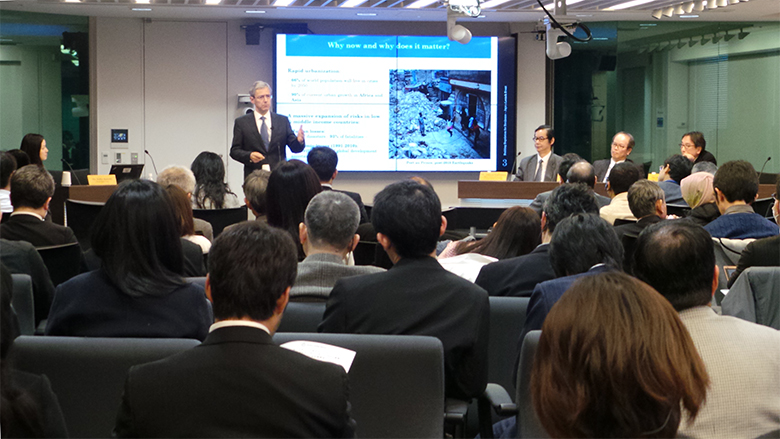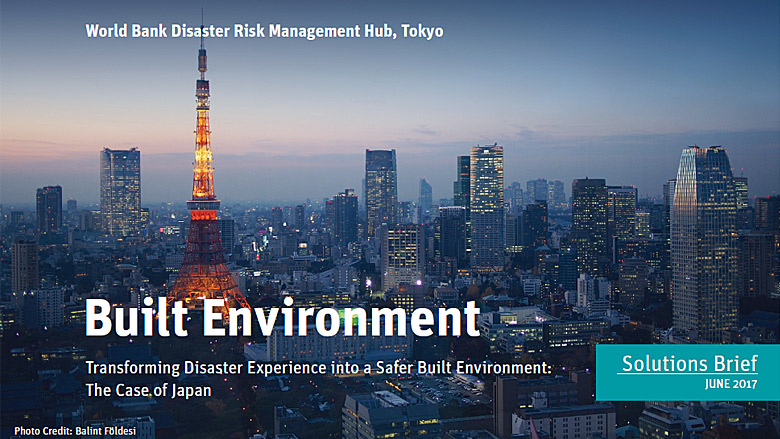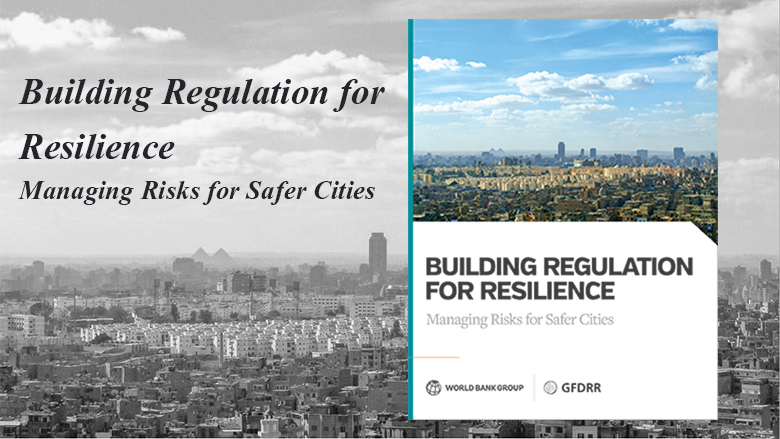Urbanization is occurring at a rapid rate across the developing world, with 90% of urban growth expected in Africa and Asia. Building codes and regulation that are not well suited to the materials and practices currently used, as well as the natural hazards and private and public sector context, put these expected development gains of urbanization at substantial risk.
Japan has faced an extensive history of devastating earthquakes, prompting the development of one of the world’s most effective approaches to building codes, land use planning, and governance systems. The country first explicitly addressed seismic risk in 1919 with the Urban Building Law, which was quickly followed by innovations in creating, managing, and enforcing permitting systems and continually improving design standards to meet Japan’s seismically active location. Nearly 100 years on, Japan continues to innovate in both design and regulatory approach, showing that dynamic incremental improvement can drive disaster risk reduction.
The World Bank Disaster Risk Management Hub, Tokyo's Resilient Building Regulation engagement is capturing the lessons of this experience to inform good practices in developing countries by engaging the World Bank’s emerging practice in this technical area. This will integrate Japanese expertise into the World Bank’s development and pilot applications of a building regulations assessment methodology, while opening opportunities for knowledge exchange and partnership.





